Reportar esta entrada
Más sobre la misma comunidad-colección
Candado en un celda de la cárcel del viejo condado de San Elizario, TX
This is a lock on one of the two jail cells currently located at ...
Celda de la cárcel del viejo condado en San Elizario, TX
This is a jail cell located inside the Old County Jail in San ...
Recorrido a pie de San Elizario
One of the historical sites in San Elizario. The site number has ...
Estatua del Soldado de caballería
Cavalryman statue dedication ceremony as reported by the El Paso ...
Western Playland en el parque Ascarate en 2001
My sister and I. Ages 3 and 4, at Western Playland before the ...
Western Playland en el parque Ascarate - El Paso, Tejas
My sister and I on a boat ride at Western Playland in 2001. ...
Erase una vez fuimos matachines.
My mom forced us to do this and I hated it. Now, I'm glad I did ...
Un pequeño pedazo de la historia "Magic Landing"
Magic Landing was an Amusement Park back In 1980's located ...

















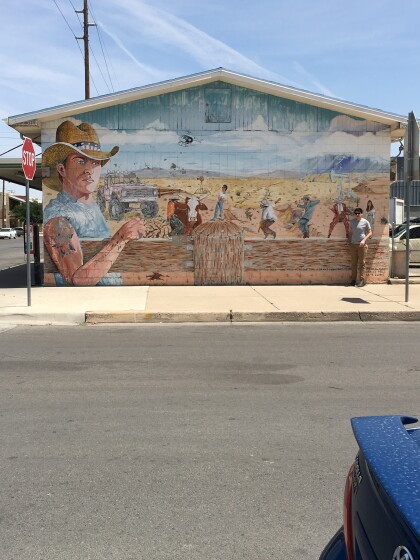
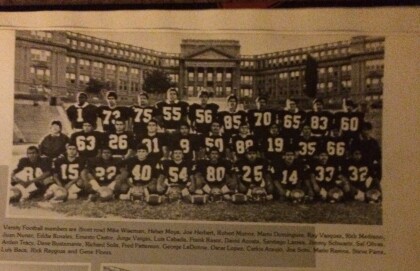

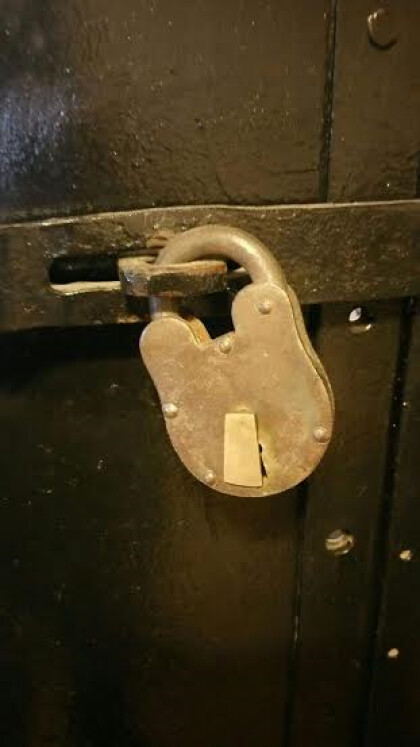
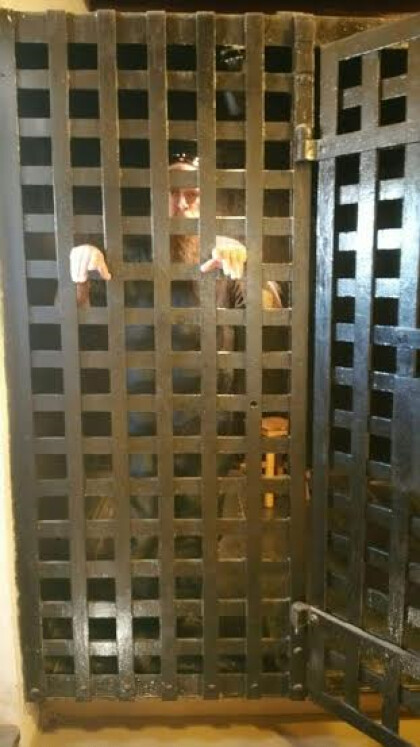
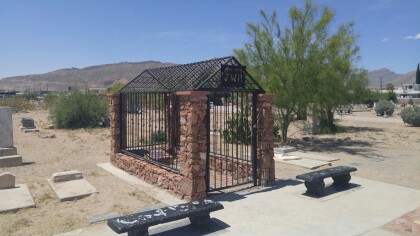
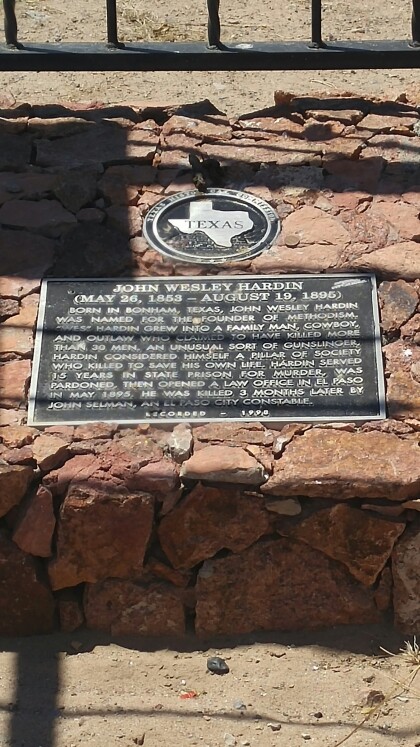
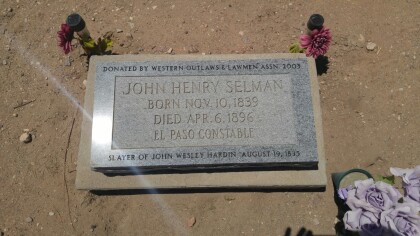
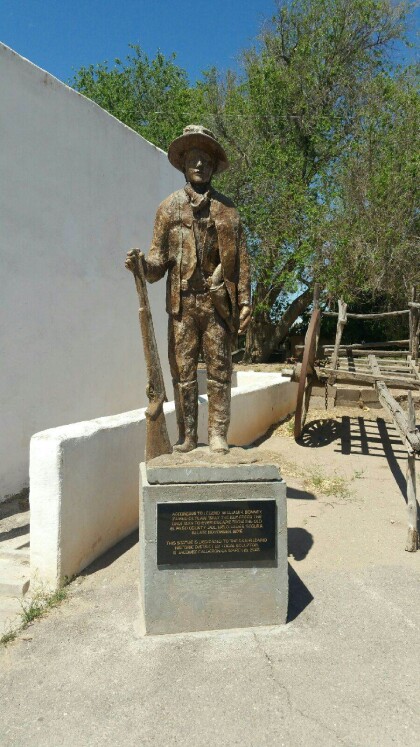
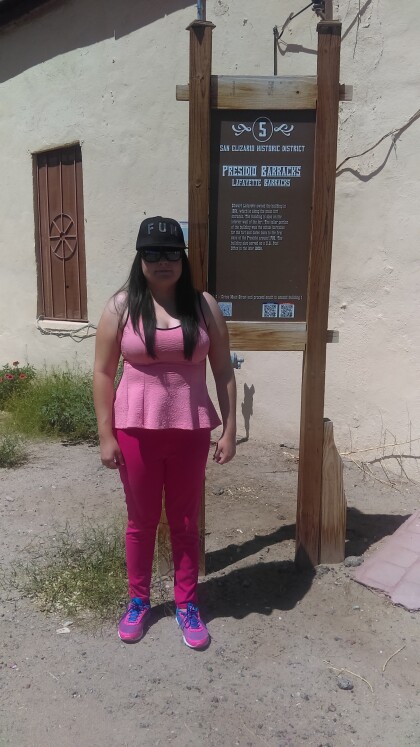
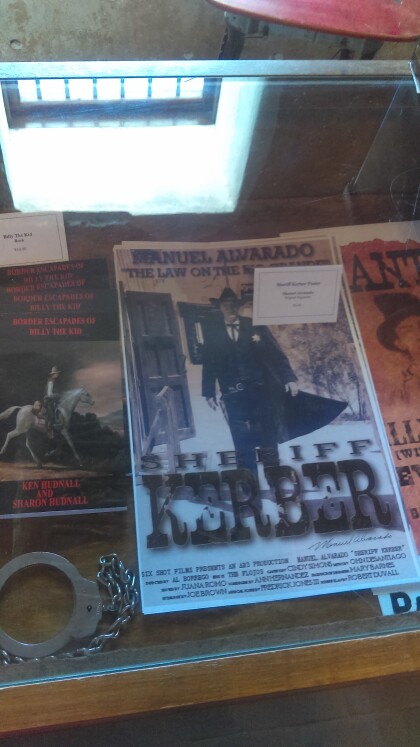
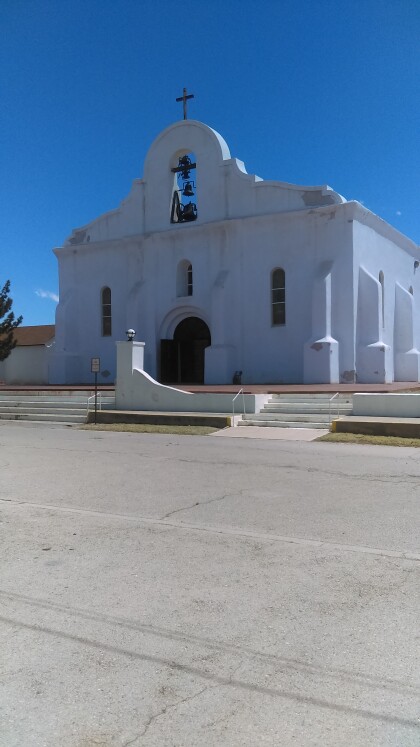
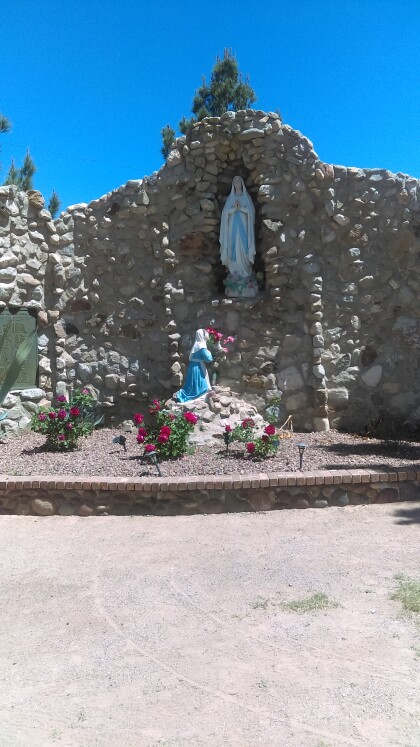
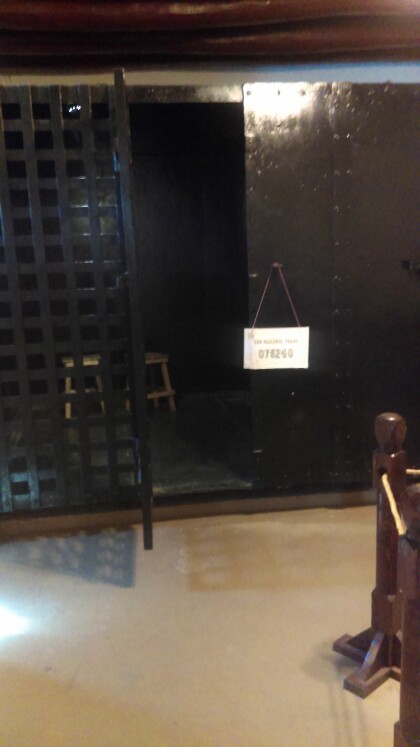
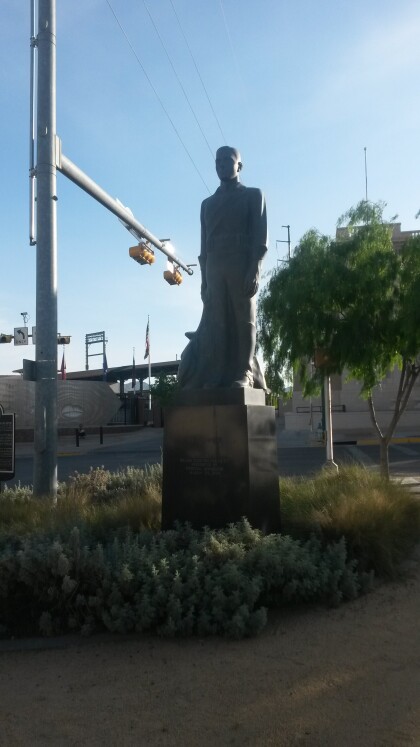
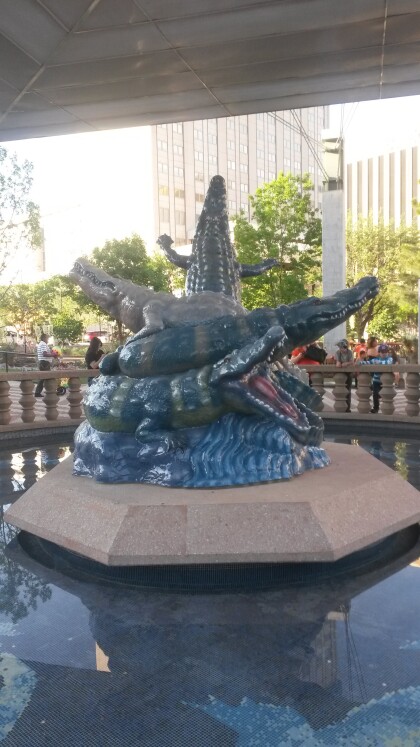
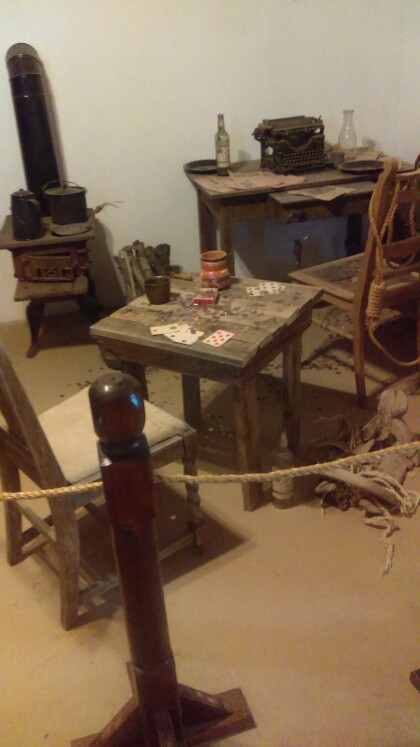
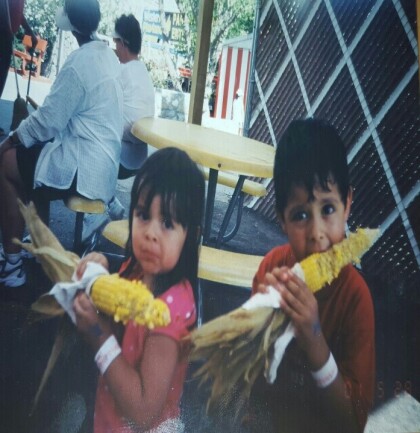
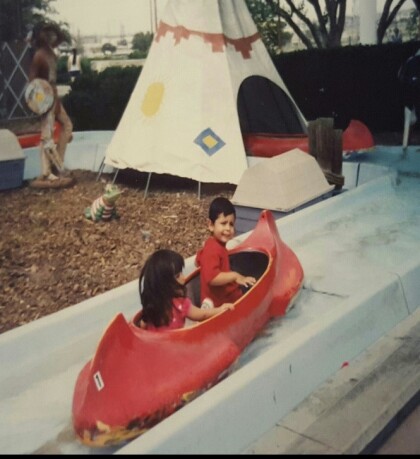
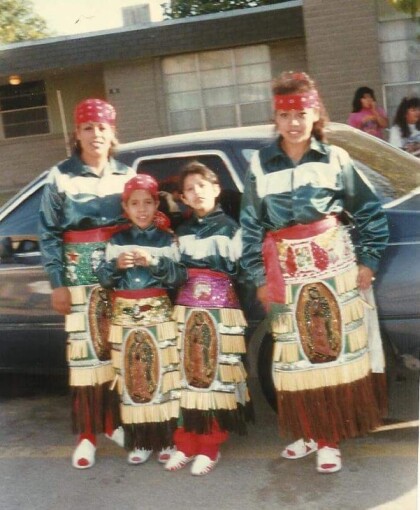
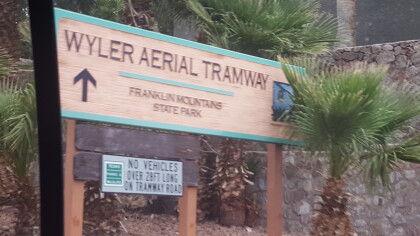
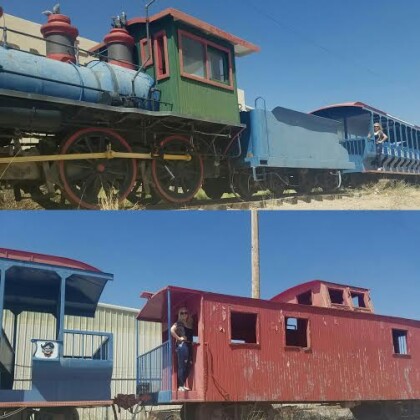
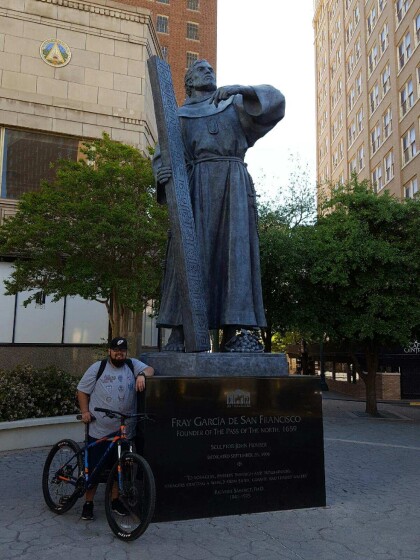
Comentarios
Hacer un comentario